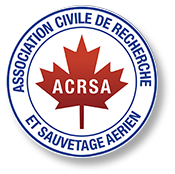Landing Accidents and Runway Overruns
Landing accidents and runway overruns continue to occur at Canadian airports and involve both are air carriers and general aviation pilots.
Background
Millions of landings occur each year on Canadian runways. Rain, snow, ice or slush can contaminate these runways and affect the landing distance and aircraft controllability. Pilots are required to calculate landing distance before each landing. To do this, they need to have an accurate report of runway surface conditions. If this information is not available, landing distance calculations could be incorrect, putting aircraft at risk of running off the end or the side of the runway.
If this happens, it is important that an aircraft have an adequate safety area beyond the runway's end. At some airports, however, this is not the case, and the terrain beyond the end of the runway could contribute to aircraft damage and injuries to passengers and pilot. This area, therefore, must be sufficiently clear of obstacles and properly graded.
The Transportation Safety Board of Canada (TSB) has investigated a number of landing accidents and incidents that highlight the need for runway surface condition reporting and safety areas. Moreover, since the TSB first placed this issue on its Watchlist, the number of accidents of this type every year has not significantly decreased.
In 2010, there were 12 such accidents, and in 2011, there were 9.2 Meanwhile, in Canada, there is no requirement to meet international standards and recommended practices for safety areas contained within the runway environment.
Solution
In bad weather, pilots need to receive timely information about runway surface conditions. Furthermore, airports need to lengthen the safety areas at the end of runways or install other engineered systems and structures to safely stop planes that overrun.
Smart Pilot Remarks
Achieving the smooth and seamless transition from flight to ground operation is the key to achieving a safe and successful approach and landing phase to all of our flight activities. Obviously, staying within the confines of the landing surface is ultimately important but every pilot needs to assess 3 vital issues during the phase of flight.
- The approach area, obstructions and visual approach angle.
- The landing surface, length, width, texture and possible contamination, and
- Runway environment including ends, sides and taxiways and infield.






